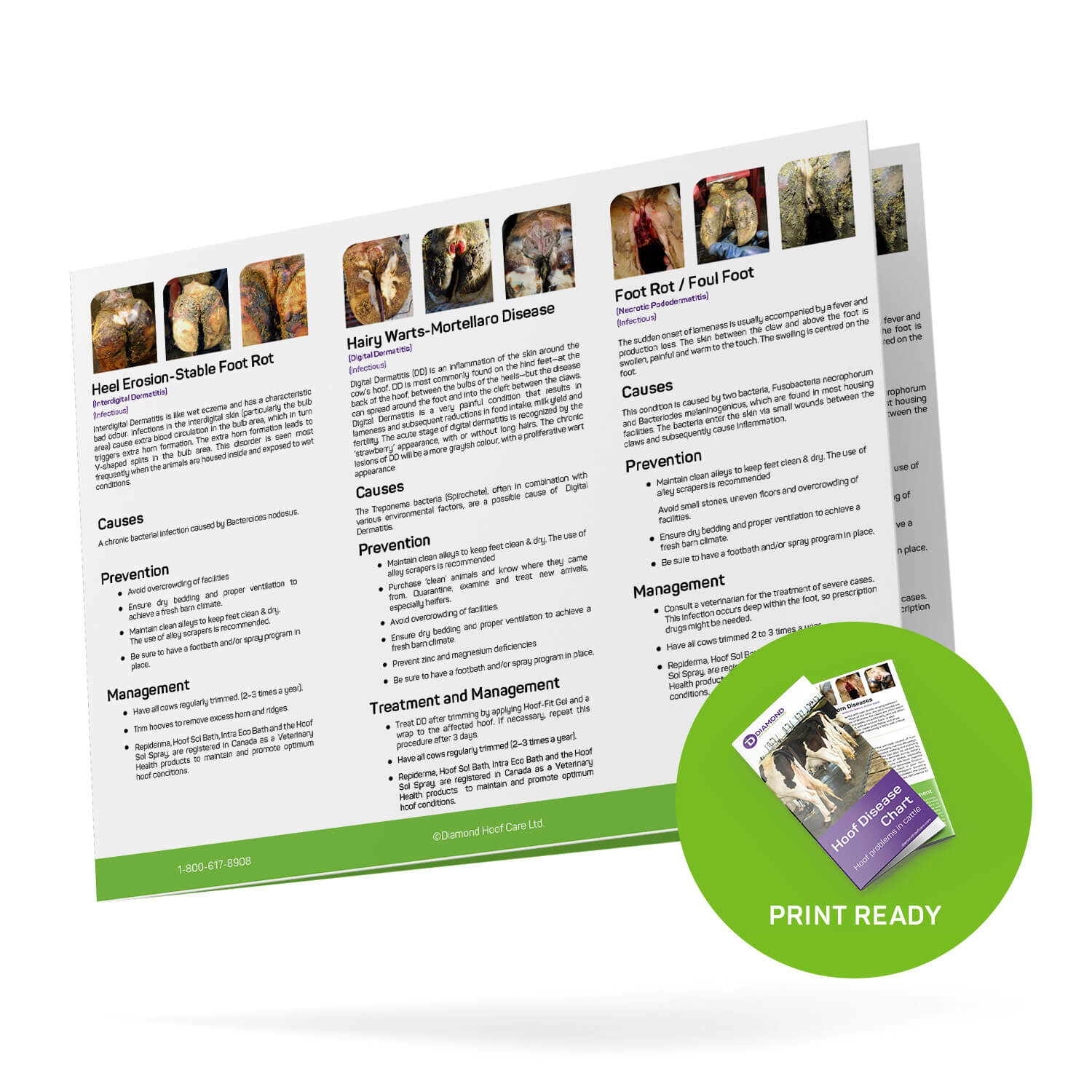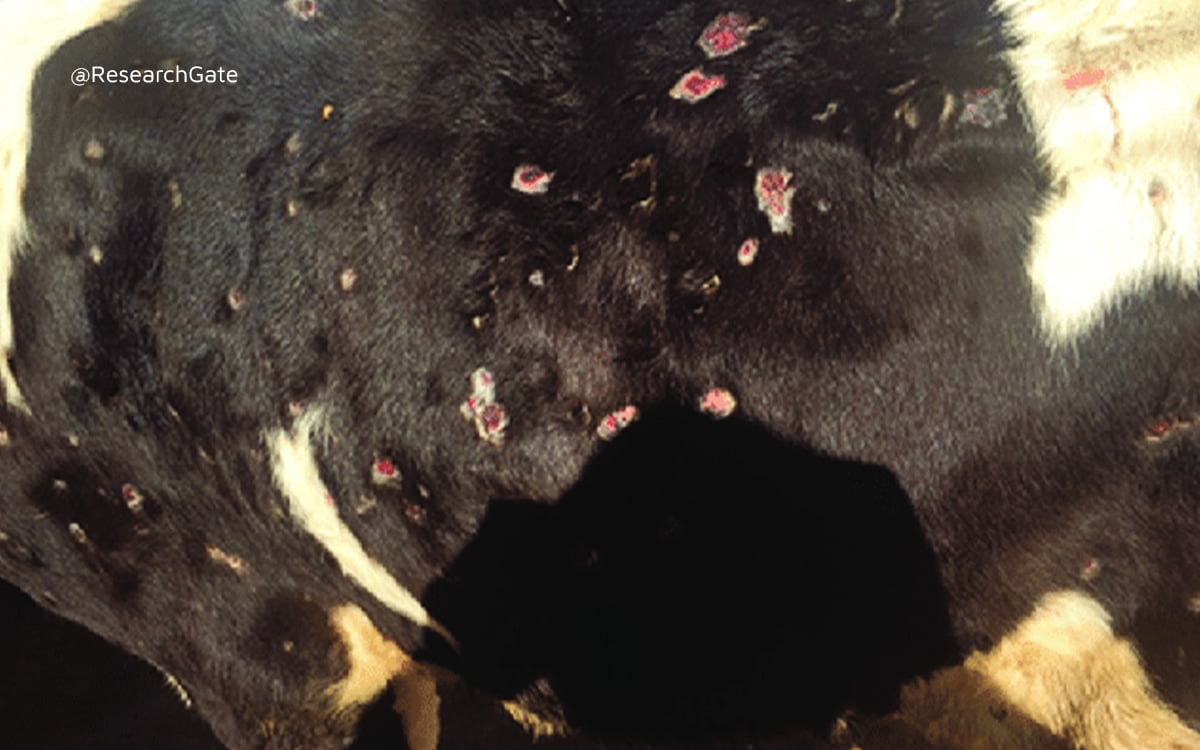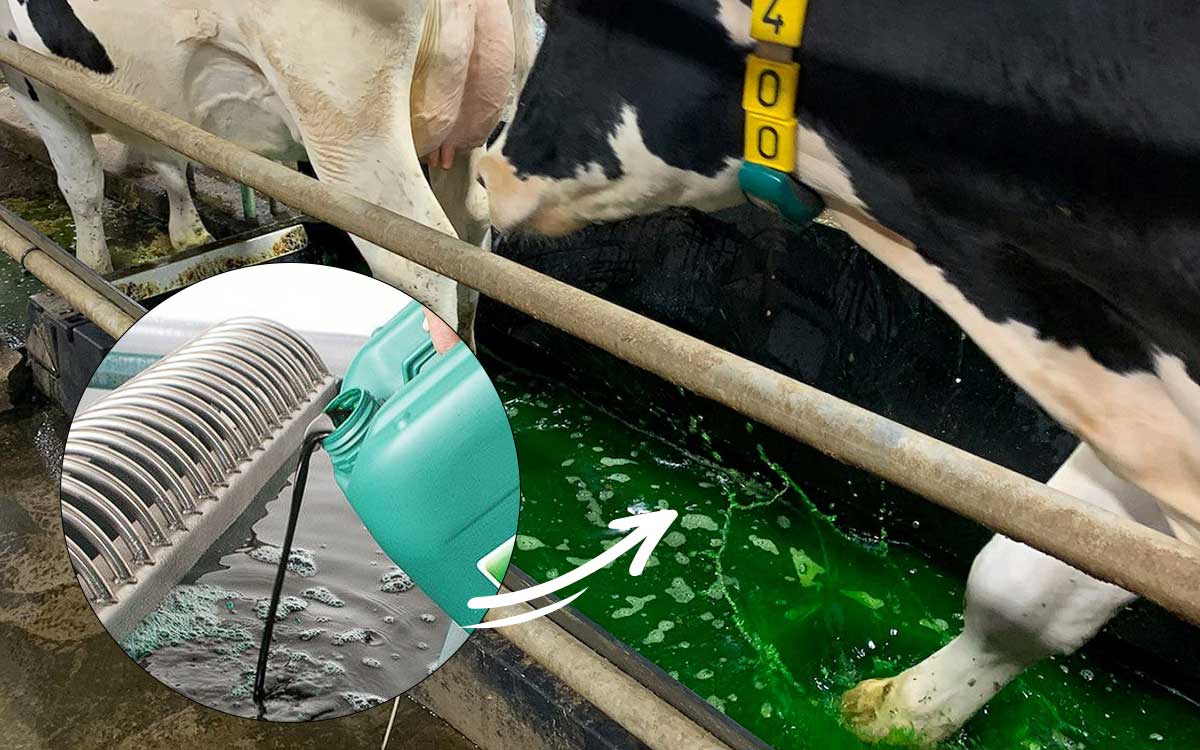Table of Contents
Lumpy cow skin disease is a concern for cattle owners, leading to significant economic losses worldwide. Thus, many are eager to know what treatment works.
Unfortunately, lumpy cow skin disease has no direct antiviral treatment. Instead, the infected animals receive supportive care, which involves the use of antibiotics, painkillers, and wound care sprays to treat symptoms. As there’s no treatment, vaccines are used to control disease transmission.
A clear-cut treatment regimen for this prevalent disease would be a godsend for many livestock farmers. However, it remains elusive for the time being. Still, as you’ll learn in this article, all hope is not lost.
Table of Contents
What Is Lumpy Cow Skin Disease?
Lumpy cow skin disease is a viral infection caused by a capripoxvirus. It originated in Africa, but since the 1970s, the condition has been affecting cattle in Asia and Europe. For instance, a case was recorded in Indonesia in March 2022.
To the best of my knowledge, lumpy cow skin disease has not shown up in North America yet. That being said, we need to stay alert and be prepared.
The ease of transmission, lack of treatment, and significant economic loss have made this disease a primary concern for livestock owners and governments worldwide.
Symptoms of Lumpy Cow Skin Disease

Lumpy cow skin disease is often detected through the presence of skin nodules in the following parts of a cattle’s body:
- Head
- Neck
- Udder
- Scrotum
- Perineum
- Respiratory tract (severe cases)
- Gastrointestinal tract (severe cases)
Besides skin lesions, symptoms include:
- Fever
- Depression
- Anorexia
- Reluctance to move
- Rhinitis (nasal discharge)
- Conjunctivitis
- Excess salivation (hypersalivation)
- Watering eyes (lacrimation)
- Decrease in milk production
Lumpy cow skin disease may lead to abortion or miscarriage in pregnant cattle. If the baby calf survives, it also shows skin nodules and other symptoms. Sometimes, this can also lead to hair loss in the calves.
Some cattle may show all these symptoms or even none. Others have tiny skin lesions that many livestock owners miss.
Transmission of Lumpy Cow Skin Disease
The best-known conduit of lumpy cow skin disease transmission is insects, such as ticks, flies, and mosquitos.
However, science is yet to determine if that’s the only means of passing on the disease as there are other possible ways, for example, direct contact (cattle-to-cattle) and infected objects or instruments.
What is certain, though, is that lumpy cow skin disease cannot be transmitted to humans, even when you drink milk from an infected animal.
Diagnosis of Lumpy Cow Skin Disease
Veterinarians may use the presence of skin nodules and other symptoms typical of lumpy cow skin disease to establish a diagnosis.
However, for the confirmation of a diagnosis or suspicions, diagnostic methods such as histopathology, virus isolation, and PCR can be used. Of these three, virus isolation and PCR are among the best as they involve laboratory tests that determine the type of virus present. That’s important because the causal virus is the primary characterization of this illness.
You may be wondering why go to such lengths to identify the type of virus infecting your cattle. That’s because lumpy cow skin disease can be mistaken for other conditions that cause skin lesions, such as:
- Pseudo-lumpy skin disease
- Bovine herpes mammillitis
- Bovine papular stomatitis
- Pseudocowpox
- Cowpox
- Cutaneous tuberculosis
- Demodicosis
How to Treat Lumpy Cow Skin Disease
As I’ve noted, lumpy cow skin disease is a viral condition. Thus, antiviral substances are essential as a means of primary treatment. However, such are yet to be developed.
Thus, to manage the disease, you have to treat the symptoms, which usually involves providing supportive care for ill cattle.
Supportive Care for Infected Cattle
Supportive care for cattle infected by lumpy cow skin disease may involve the use of the following:
- Wound care sprays. These sprays treat skin lesions to prevent infection. Intra Repiderma is a great skin care product that comes in an easy-to-use aerosol container.
- Antibiotics. Your veterinarian will possibly prescribe an antibiotic to prevent infection and pneumonia, a fatal complication resulting from lumpy cow skin disease.
- Anti-inflammatory painkillers. These alleviate pain, thus encouraging sick cattle to eat again.
- IV fluids. These can provide added nutrition and alleviate symptoms, but many veterinarians don’t recommend them because of a lack of practicality and efficiency.
Although this care protocol does not directly address the disease, it has been efficient, which is evident from the low mortality rate of the illness (1 to 3%).
If you want a specific success story, a four-month-old calf infected with lumpy cow skin disease in India successfully recovered through a similar management routine.
For 21 days, the treatment plan included Gentamicin (antibiotic), Meloxicam (non-steroidal anti-inflammatory drug), multivitamins, Chlorpheniramine maleate (antihistamine), antibiotic lotion, fly repellant and healing cream (with gamma benzene hexachloride).
All those drugs and substances worked together to prevent infection, bring down fever, soothe skin lesions, and nurse the calf back to health.
How to Prevent Lumpy Cow Skin Disease
As they say, prevention is better than cure, which rings even truer in this case given the lack of antiviral treatment.
Vaccinations
The standard and most effective method of preventing lumpy cow skin disease is vaccination with an attenuated virus. So far, vaccination efforts have resulted in success, impeding a worldwide transmission and even stopping an epidemic in Southern Europe.
However, there is still some way to go with vaccinations. For instance, vaccines may not be available in certain countries, like Australia. Many governments find international vaccines expensive, so they are attempting to develop their own, as Pakistan is doing.
Quarantine and Culling
Besides vaccines, other ways to prevent lumpy cow skin disease transmission are:
- Quarantine (movement control measures)
- Culling (slaughtering the infected cattle)
However, vaccinations remain superior because the other two options (quarantine and slaughter) have more significant drawbacks.
For instance, quarantine is relatively ineffective when transmission through flying insects is possible. The disposal of bodies is the main issue with slaughter.
Final Thoughts
Treating lumpy cow skin disease relies on a combination of drugs and substances to alleviate symptoms, prevent infection, and nurse the infected animals back to health. No antiviral drug targets the causal virus, so there is no immediate treatment.
However, there has been some success with supportive care. Moreover, the mortality rate of this disease remains low.





